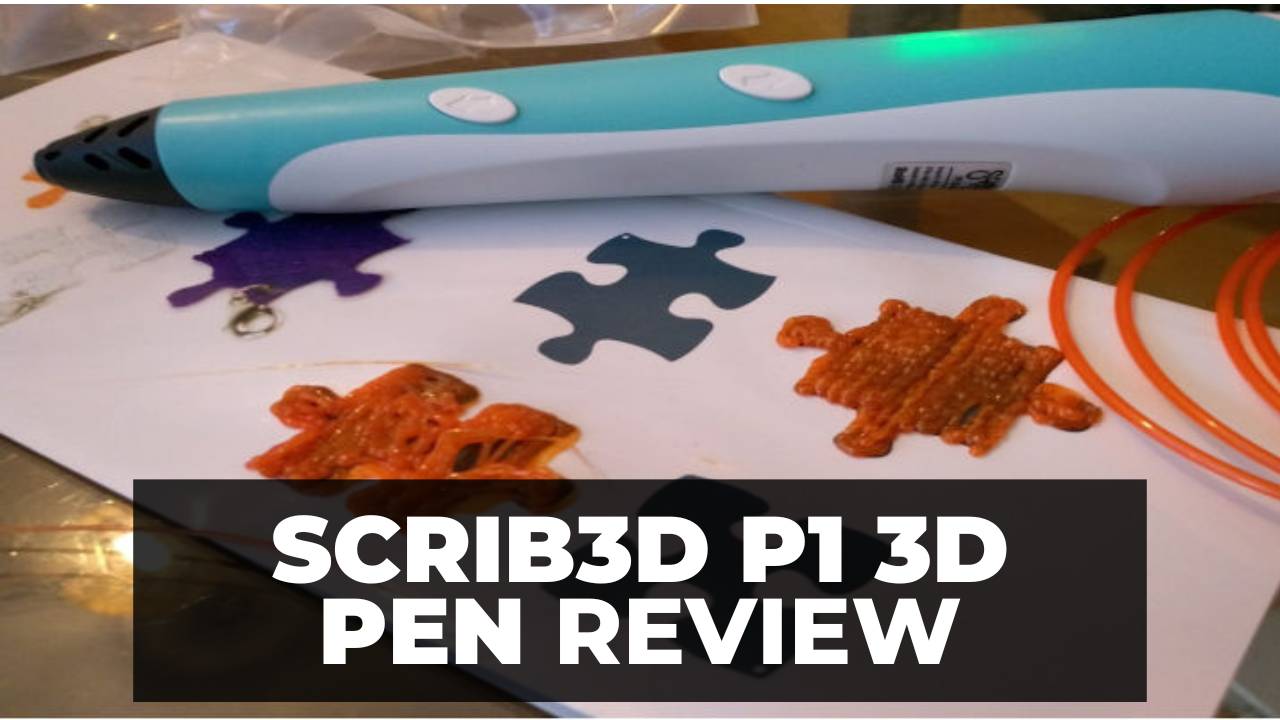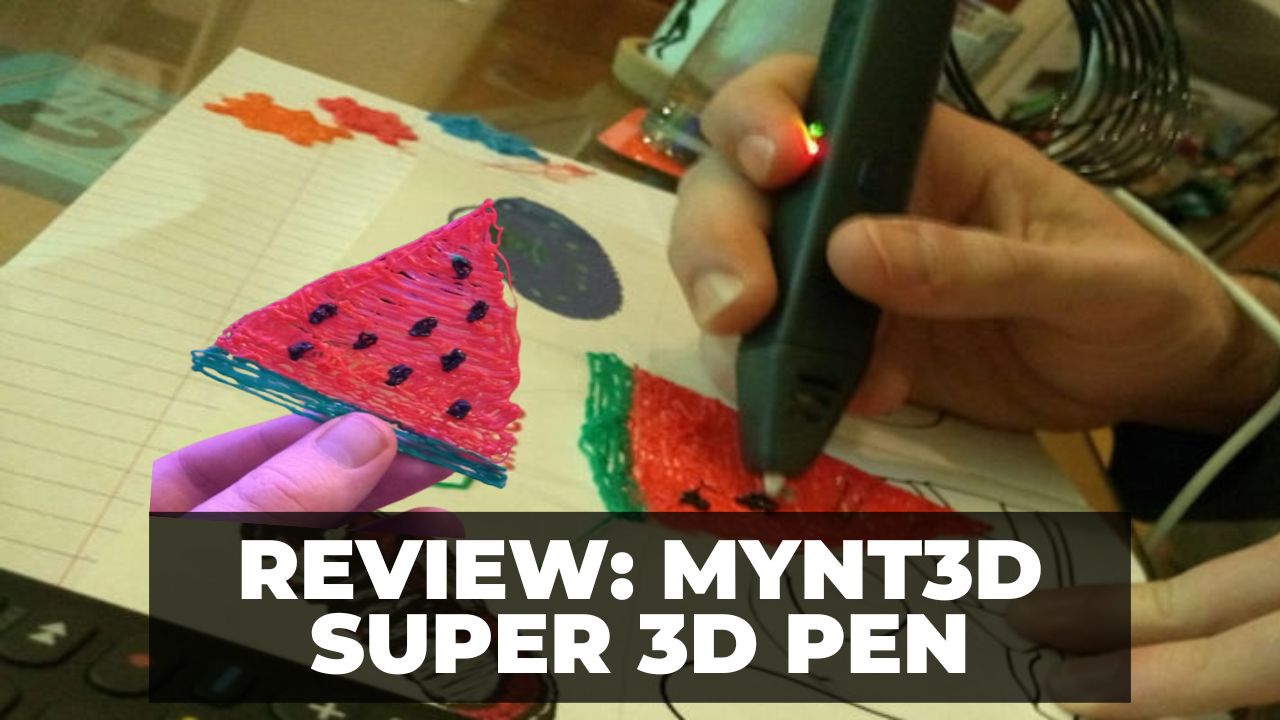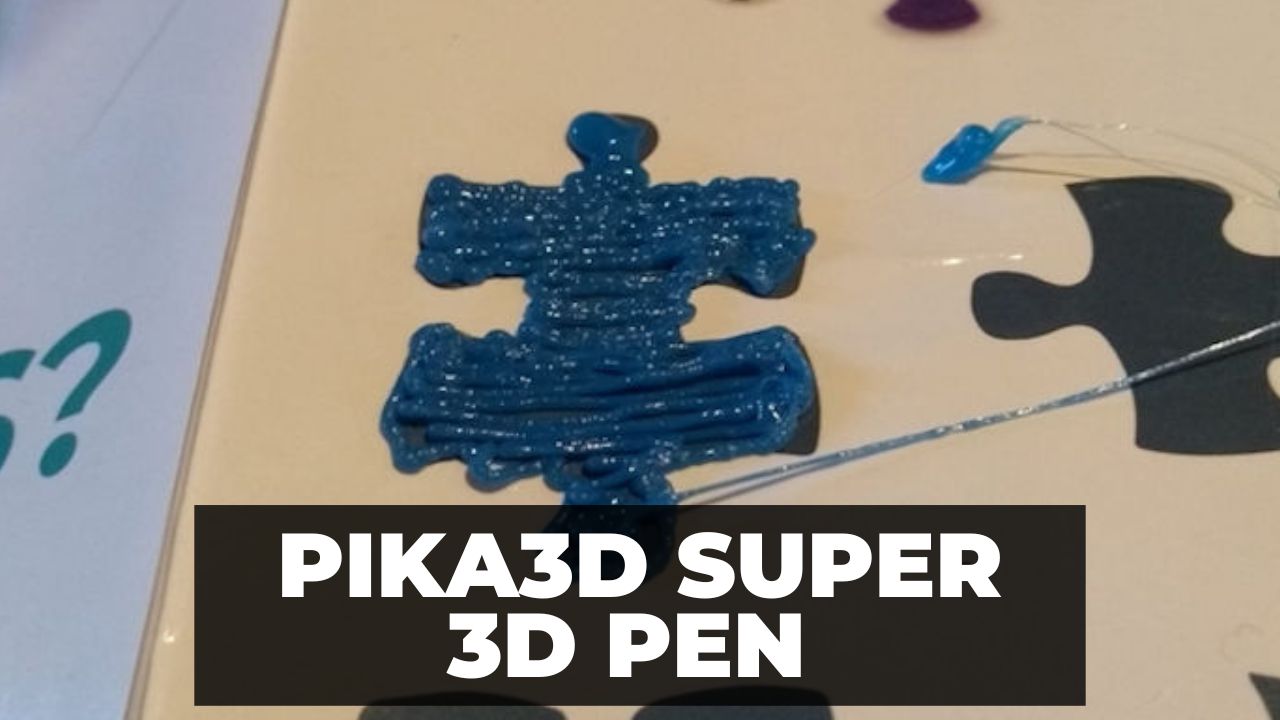From excessive stringing to full-on nozzle clogs, wet filament can completely ruin the quality of your 3D prints. Luckily, you can use a filament dry box to actively remove the moisture from your filament while still being able to print with the material.
Over the past few days, I’ve been hands-on with the upcoming Sunlu S4 Filament Dryer (AKA the “FilaDryer”), and have absolutely loved it!

This behemoth of a filament dryer can store and actively dry up to four 1kg spools of filament at once, making it a great option for enthusiasts like myself who are constantly switching filaments.
Plus, the S4 FilaDryer is capable of drying practically any filament material from PLA to PC, so it’s versatile for both hobbyists and professional makers.
Overall, the Sunlu S4 Filament Dryer is easily the most well-designed filament dryer I’ve ever worked with, and it makes my life much easier when dealing with different filaments.
Keep reading to learn more about this device, its specs, features, and more about why I think it’s one of the best filament dryers!
Sunlu S4 Filament Dryer Summary
Below, I’ve summarized the strengths and weaknesses of the Sunlu S4 Filament Dryer based on my testing experience.
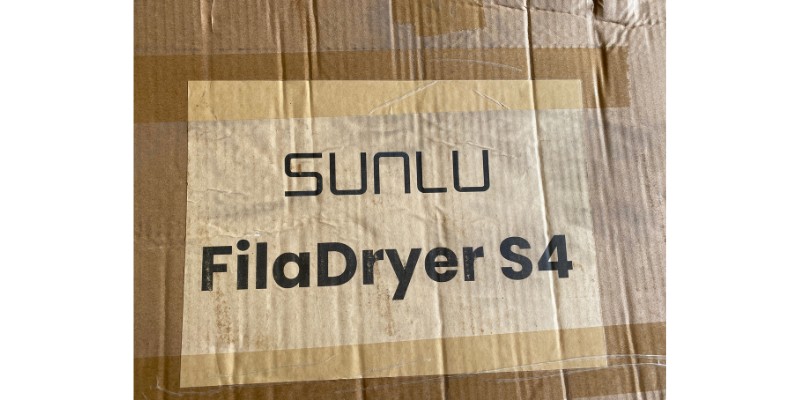
It’s worth noting that the Sunlu S4 Filament Dryer isn’t officially released yet, and it’s launching as a Kickstarter campaign. As such, keep in mind that the product I reviewed is technically a pre-production unit so the quality and features might slightly differ from the final version of the product.
Pros
- Can store and dry up to four 1kg spools at once
- Great air circulation to help evenly dry all filaments
- Relatively fast heating process
- Compatible with all consumer-grade filament materials (PLA to PC)
- Clean and modern look
- PTFE tubing included
- Touchscreen LCD makes using the device fun
Cons
- Doesn’t come with silica gel packets
- Confusing LCD interface
- LCD is positioned slightly too high (cropped view)
- Risks associated with Kickstarter campaigns
Assembly & Setup
Setting up the Sunlu S4 FilaDryer couldn’t have been easier! The device was well-packaged and came entirely pre-assembled, alongside some PTFE tubing and a tutorial pamphlet.


To set up the S4 Filament Dryer, all you have to do is remove a few pieces of tape from the inside, insert the power cable, and flip the switch to turn it on!
After that, push the mechanical button on the top of the box and swing open the respective flap door to load your filament spools into the drying chamber.
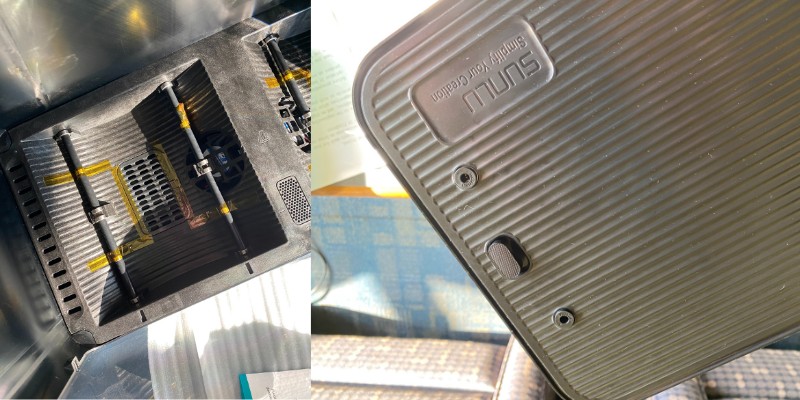
And, if you plan on using your filament while it’s inside the dry box (I recommend this), make sure to insert some PTFE tubing into one of the built-in PTFE couplers so the filament stays dry when moving from the dry box to the extruder.
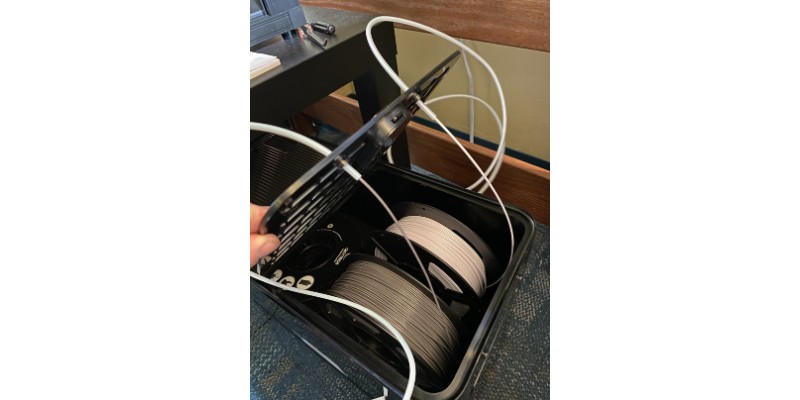
All in all, setting up the Sunlu S4 Filament Dryer shouldn’t take more than 15 minutes!
Design & Features
During my intensive testing process with the Sunlu S4 FilaDryer, I noticed a few important features, which I’ve described in the sections below:
Large Drying Chamber
Easily the most noteworthy feature of the Sunlu S4 is its massive drying chamber. There’s enough space in the S4 to store and dry four 1kg spools of filament at the same time. This is very unique as most, if not all, other filament dryers can only hold one or two spools.

With this much space, the Sunlu S4 Filament Dryer is naturally a great option for advanced and professional makers who work with multiple filaments and printers on a daily basis.
Efficient Drying
Obviously, the most important function of a filament dryer is to dry the stored filament. The main way filament dryers, like the S4 FilaDryer, do this is by heating the ambient air in the drying chamber. The warm air helps extract the moisture from the filament material, restoring its printing performance to some degree.
The Sunlu S4 Filament Dryer is equipped with not one, not two, but three heater fans! This helps ensure that the hot air is circulating the entire drying chamber so that all of the filament spools are evenly dried. Sunlu also points out that the S4 heats up twice as fast as the previous version of the Sunlu FilaDryer.
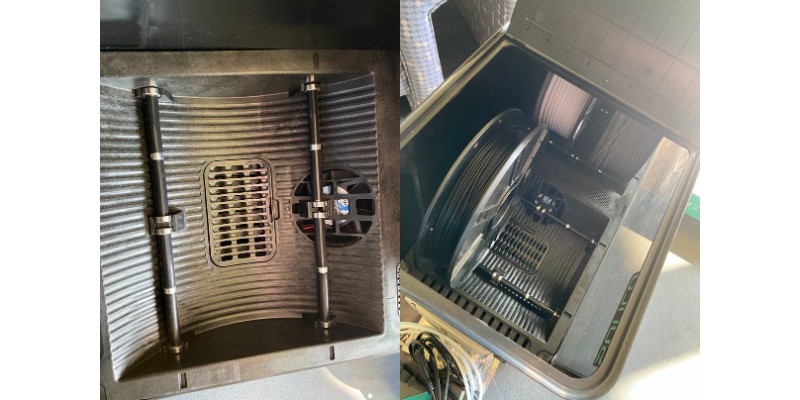
On top of its heating capabilities, the S4 FilaDryer is also equipped with a humidity sensor, which displays the humidity percentage of the chamber on the LCD.
I suggest setting the S4 Filament Dryer to MO2 (mode 2) so that the device automatically begins drying the filament when the humidity rises above 50%.
Additionally, the S4 FilaBox has two small storage spaces meant for placing silica gel packets, which remove moisture from the air.
Unfortunately, my FilaDryer did not come with these, which I find odd given that they are very cheap. But, hopefully, by the time the product is publicly released, Sunlu will step it up and give buyers some silica gel to use.
Confusing LCD Interface
While the touchscreen LCD on the Sunlu S4 FilaDryer works perfectly, the user interface that it runs is poorly designed and makes using the device a bit confusing.
The LCD interface has four different buttons, including an up and down button, a power button, and a “Set” button. You can use the buttons together to control numerous aspects of the filament dryer, like its target temperature, drying time, drying mode, LED color, and more.
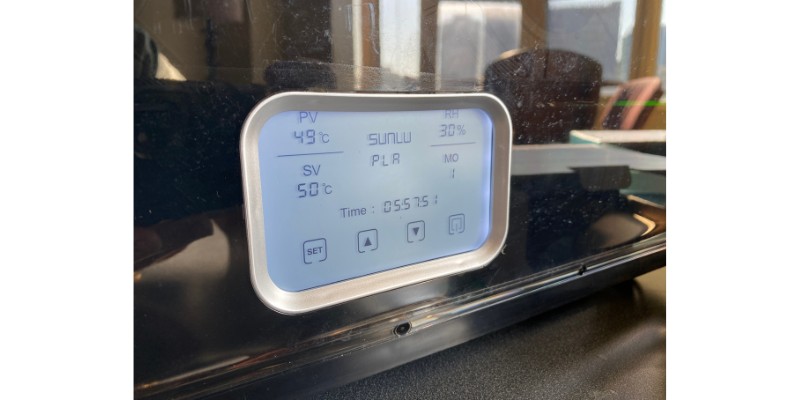
I first tried to use the interface without looking at the tutorial pamphlet but was forced to retreat as the UI is anything but intuitive. As such, make sure you review the included pamphlet to learn what each button and icon means on the LCD interface.
Wide Material Compatibility
Next, this filament dryer is capable of drying a wide variety of 3D printing filament materials.
The Sunlu S4 can achieve ambient chamber temperatures between 35 and 70 °C, making it compatible with just about every common filament material, including PLA, PETG, ABS, TPU, PC, and PA.

For reference, filament materials with a lower melting point, like PLA and TPU, should be dried with lower ambient temperatures and for shorter periods of time. Conversely, higher-temperature materials, like PC and ABS, should be dried for longer under higher temperatures.
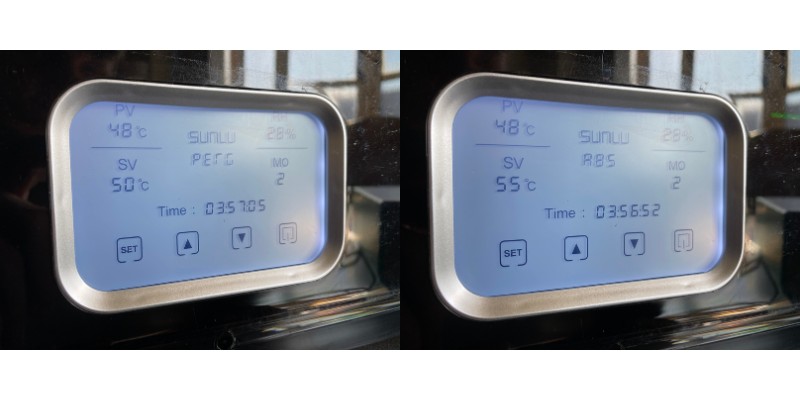
Luckily, the S4 FilaDryer has pre-made drying profiles for all the common filament materials, so you don’t have to come up with your own drying temperature and time.
But, if you want to manually set the temperature and time, feel free to check out our guide all about how to dry filament to learn the best drying configurations for different materials.
Sleek Design
Lastly, I can’t call this review complete without commenting on the S4 FilaDryer’s sleek and modern design.
Unlike some other 3D printing products, the Sunlu S4 doesn’t look like a cheap product. The dryer box is almost all black and perfectly rectangular, with no crazy cables or protruding features that might give the product a messier visual aesthetic.

Plus, the S4 dryer box has a built-in LED light bar that shines green if you activate it (through the LCD interface), further adding to the device’s modern appeal.

So, if keeping your 3D printer room looking nice and clean is important to you, I’m confident the Sunlu S4 FilaDryer will leave you more than satisfied.
Final Thoughts on the Sunlu S4 Filament Dryer
After my hands-on review of the Sunlu S4 Filament Dryer, I can confidently recommend this product.
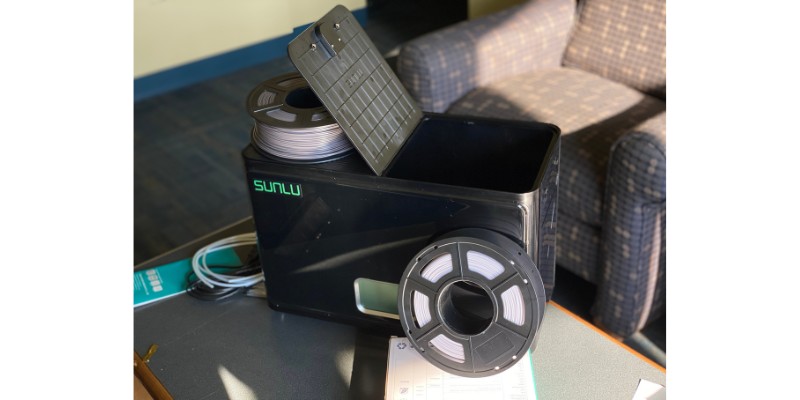
With enough space to comfortably store four spools of filament, the S4 FilaDryer is a great solution for advanced users who use multiple FDM printers with numerous filament spools. You won’t have to decide which filament you want to keep dry when you’ve got the S4 because you can dry them all dry, simultaneously.
And, though using the device might seem daunting at first, the well-balanced and rather speedy heating system of the S4 more than makes up for it. Plus, the Sunlu S4 Filament Dryer has an outstanding design and style that will make the device a visually pleasing addition to any 3D printer setup.
Happy printing (or drying)!

